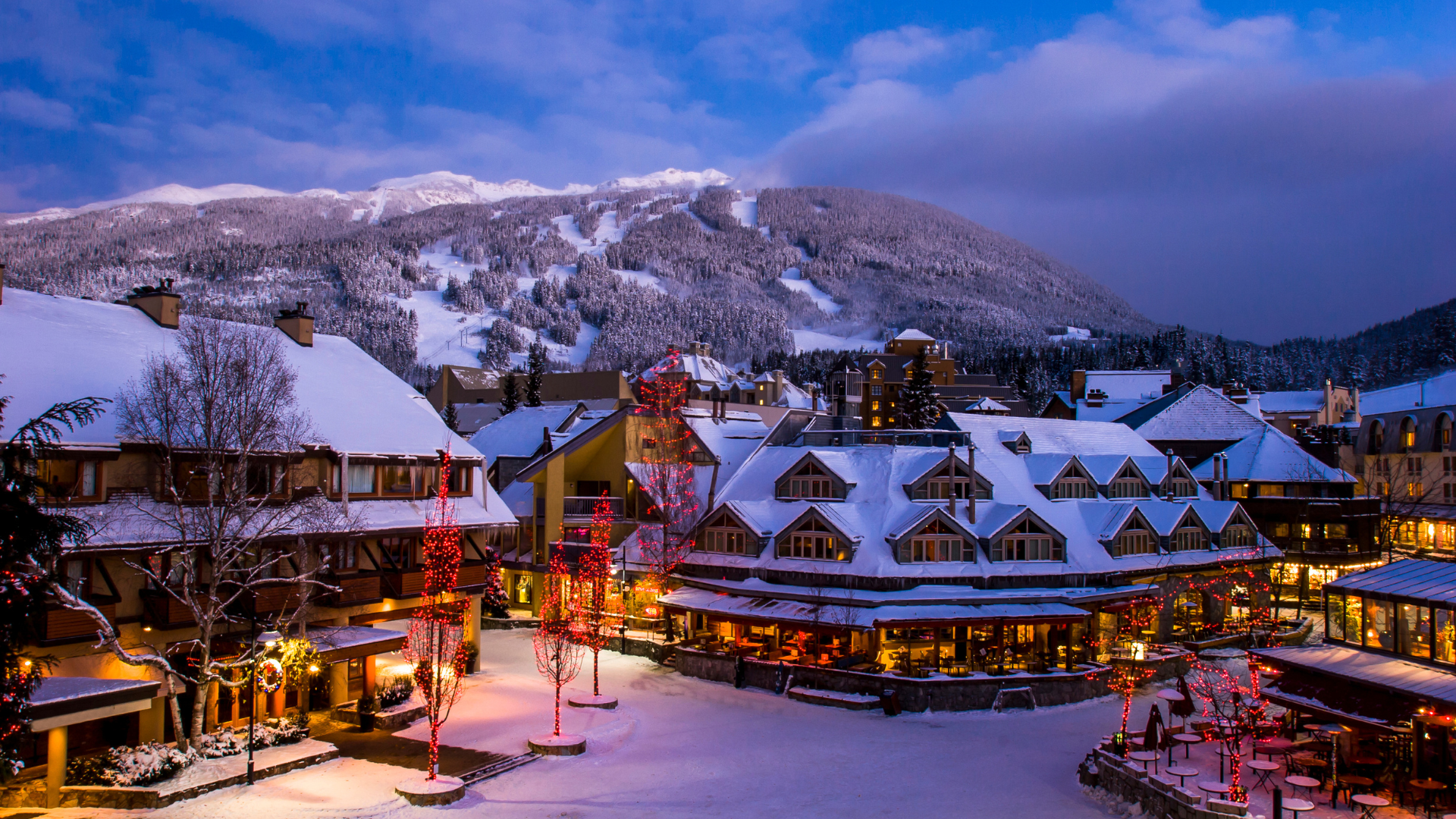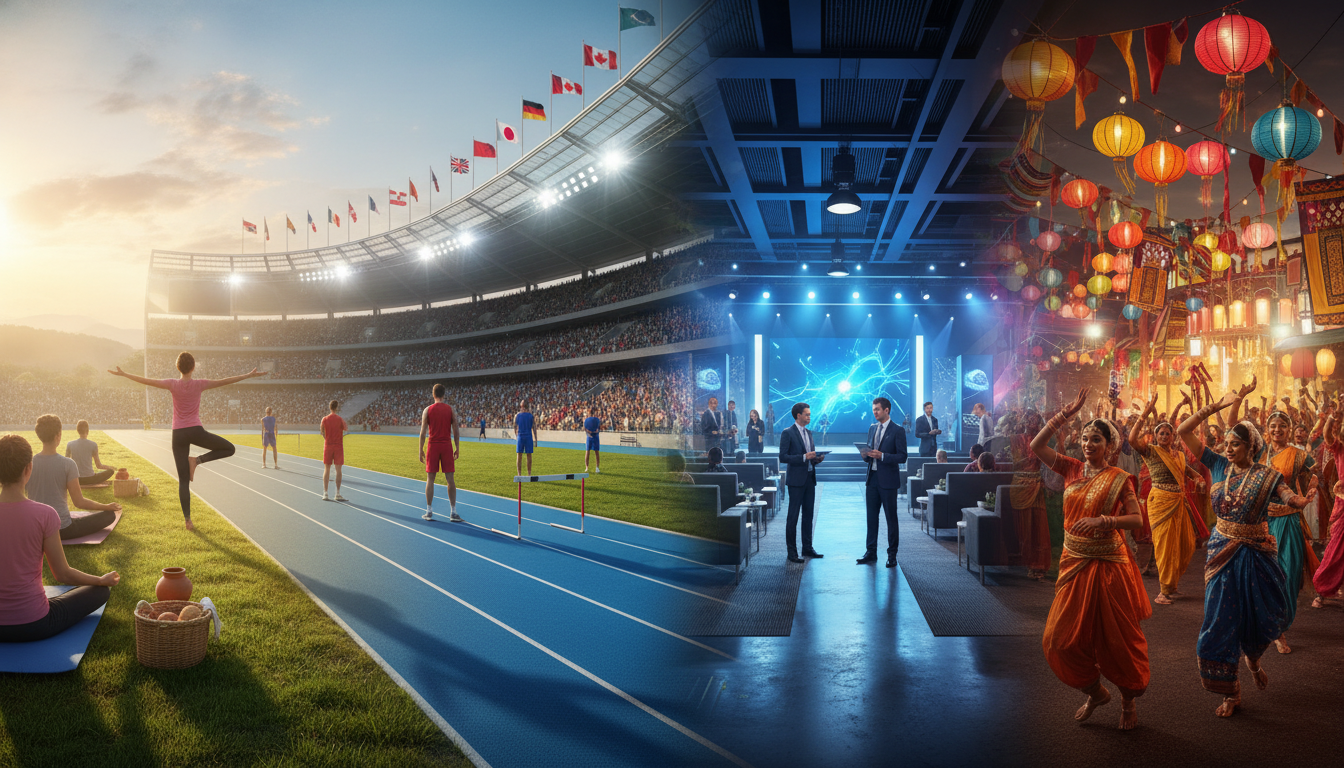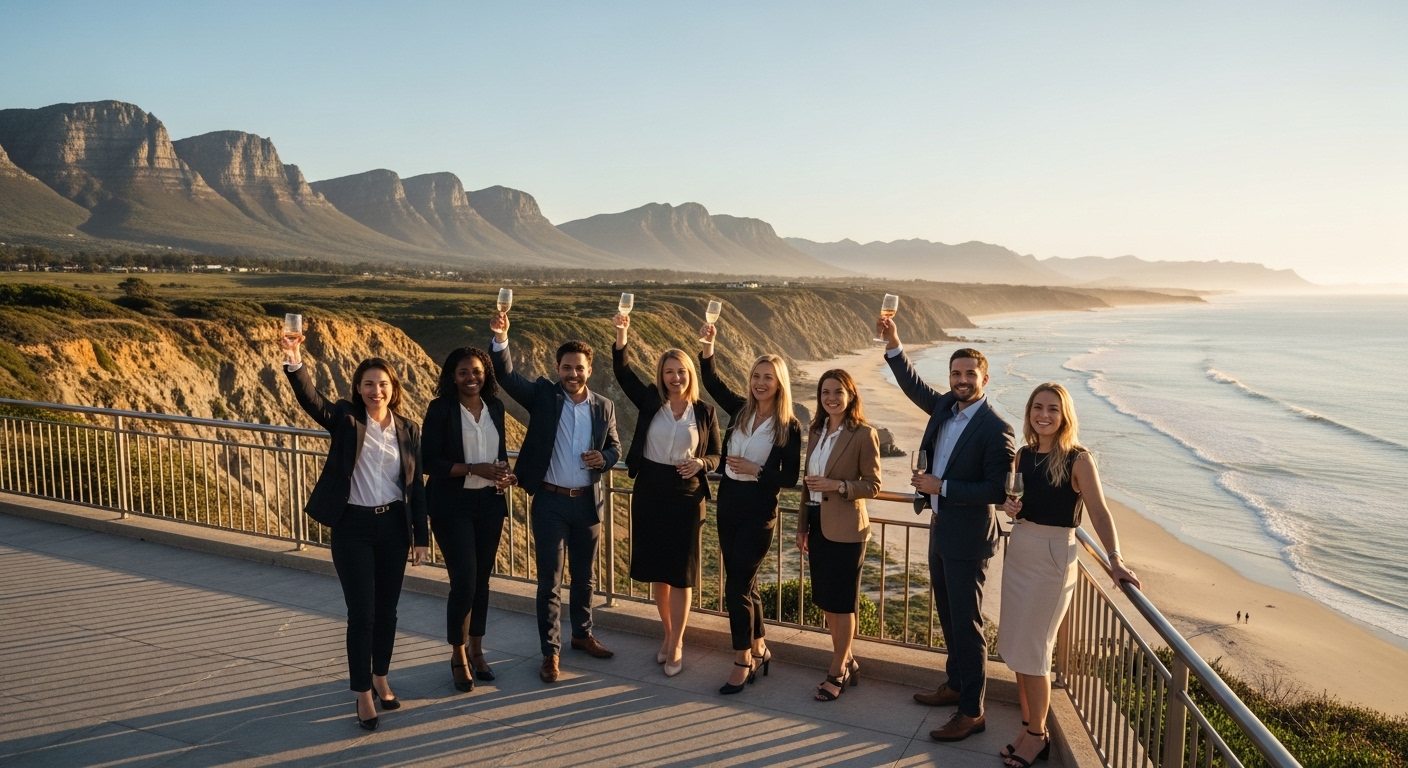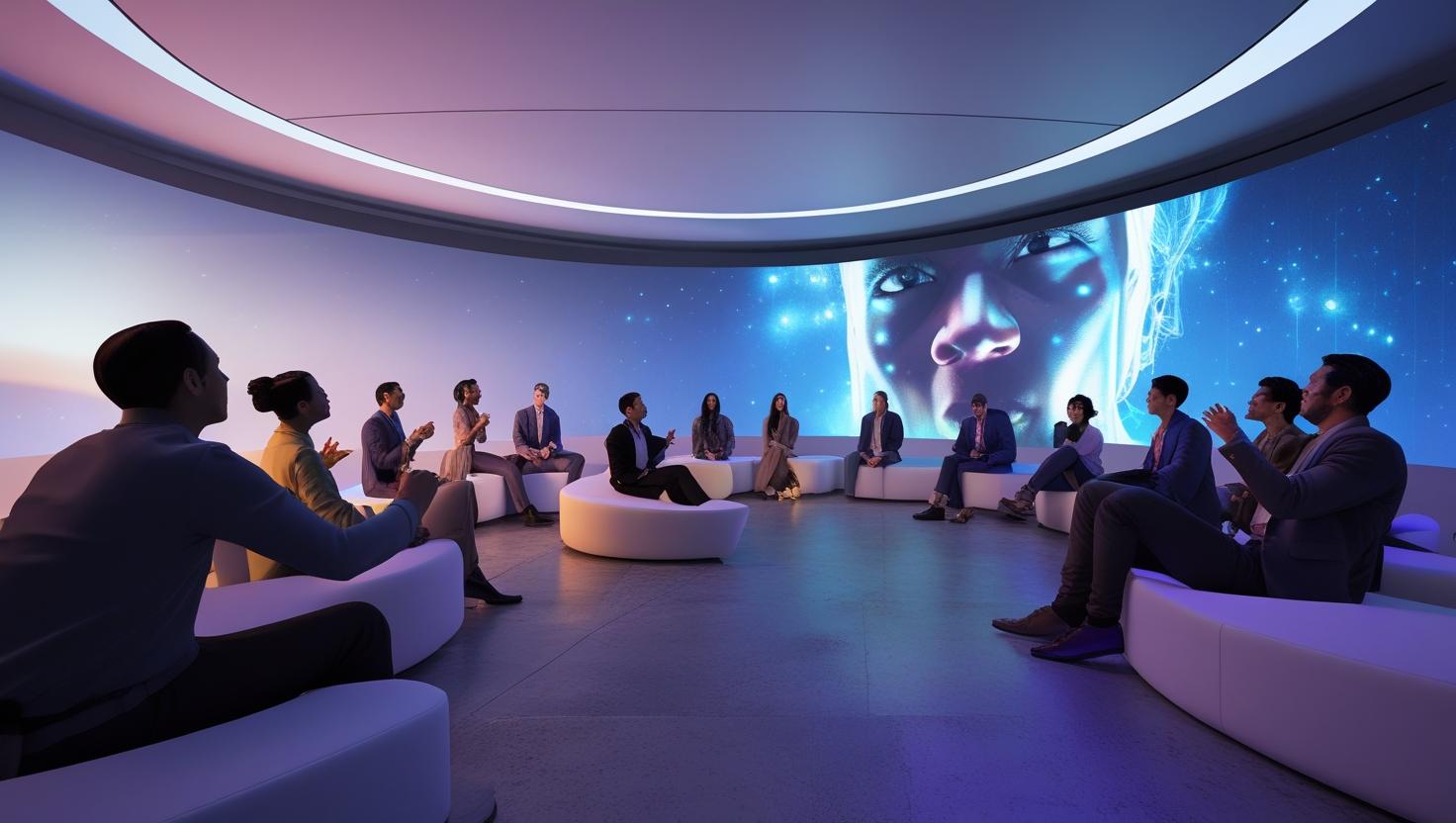
Why Sensory Experiences Matter
Today's corporate audiences—brand managers, event planners, and marketing professionals—want more than passive presentations. They crave connection. Immersive entertainment and sensory storytelling are redefining how we design corporate events, turning them into emotionally engaging and unforgettable experiences.
Whether it's live art that develops in real time, spatial soundscapes that envelop the senses, or lighting that responds to movement, immersive tools are essential to creating events that move people—not just inform them.
Live Art as Real-Time Brand Storytelling in Corporate Events
Live art brings spontaneity and human energy into a corporate setting. Picture a keynote speaker delivering a powerful message while a speed painter visualizes the story behind them. Or guests contributing to a collaborative mural that reflects the company’s mission and values.
Events like Dreamforce have embraced immersive design through thematic live art zones that double as interactive experiences. Meanwhile, team-building workshops often integrate guided graffiti walls or digital sketch stations where participants co-create a lasting visual narrative.
Live art is more than performance—it’s a shared moment that reinforces identity, values, and collective achievement.
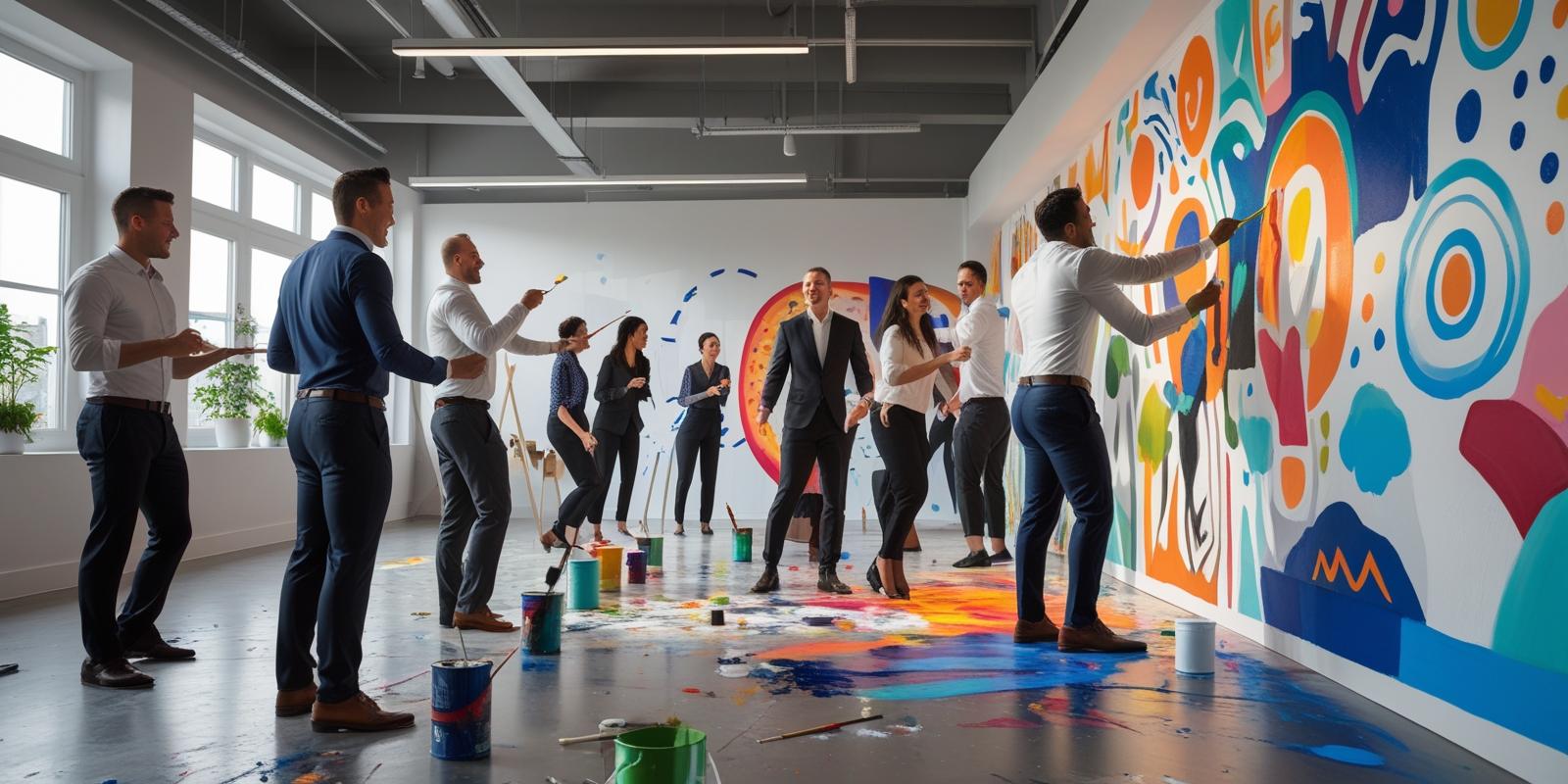
360° Soundscapes: Designing Mood Through Audio
Sound is a powerful emotional cue. 360° soundscapes—also known as spatial or immersive audio—use multi-directional sound to wrap attendees in carefully crafted environments.
Incorporating this into events can take many forms: nature-inspired audio in wellness lounges, branded ambient loops in networking areas, or dramatic sound reveals to support product launches. Some conferences are even integrating motion-activated sound installations that respond to the flow of foot traffic or presentation pacing.
These audio experiences guide attendees’ emotional states without saying a word—amplifying key messages and making environments feel alive.
Interactive Lighting: Visual Storytelling in Motion
Lighting today is no longer static. Interactive lighting systems—like projection mapping, LED installations, and responsive color changes—are becoming a key element in immersive storytelling.
Corporate venues are embracing dynamic lighting systems to build atmosphere and narrative. Picture a product reveal staged with cascading color transitions that mirror the innovation journey. Or a brand activation space that uses motion-triggered light effects to encourage interaction.
In Sydney, large-scale installations like digital façades controlled by user movement show how storytelling through light is not just possible—it’s expected.
For corporate events, this means the ability to craft spaces that shift with emotion, highlight brand elements, and create surprise and delight at every turn.
Sensory Integration: Combining Elements for Emotional Impact
When you layer live art, 360° sound, and interactive lighting, you create an experience that engages all senses in harmony. This multisensory design forms a compelling emotional arc that resonates deeply with attendees.
Sample event flow:
- Arrival experience: Guests walk through a tunnel of moving light and ambient sound that evolves with each step.
- Keynote moment: A live art piece emerges behind the speaker, echoing key themes in sync with changing lighting and subtle audio cues.
- Engagement zone: Participants contribute to a group art wall, with sound and lighting that shift to reflect contributions in real time.
- Closing reveal: The room transforms with full-sensory activation, tying back the event message through light, art, and sound.
This isn’t just decor—it’s immersive narrative design that builds memories.
Venues and Trends Embracing Immersive Strategies
Venues across the world are adapting to the demand for sensory-rich experiences. For example:
- Tech-driven venues now offer integrated LED walls, spatial audio systems, and modular layouts perfect for immersive corporate settings.
- Multi-sensory exhibitions and touring shows are influencing event design—from global immersive concert experiences that use 360° visuals and sound, to corporate arenas that blend physical and digital art.
- Event design firms are increasingly collaborating with digital artists, sound engineers, and lighting technologists to produce fully coordinated sensory storytelling journeys for brands.
The standard is rising—and expectations with it. The bar is now set at emotionally transformative.
Applications Across Corporate Event Types
- Product Launches: Reveal new products with synchronized visuals, live sketching, and ambient soundscapes that build anticipation and tie to brand attributes.
- Conferences: Use lighting and spatial audio to guide attendees through different themes or tracks. Breakout rooms can double as interactive art galleries.
- Team-Building Sessions: Mural creation mixed with responsive light cues and background music can drive collaboration and fun.
- Client Dinners or Celebrations: Host in spaces that blend immersive projections, audio branding, and live performances tailored to your company culture.
Even hybrid and virtual events can incorporate these elements through paired digital experiences, synced lighting packs, or streamed immersive environments.
Conclusion: Creating Emotional Engagement That Lasts
In a fast-paced, digitally distracted world, the most powerful corporate events are those that make people feel.
By integrating immersive entertainment and sensory storytelling, companies can go beyond information delivery—they can connect, inspire, and move their audience.
Whether you're planning a leadership summit, product launch, or annual retreat, bringing in sensory elements can make your next event not only memorable—but meaningful.
Let’s design your next event experience. One that your audience won’t just attend—they’ll remember.
Frequently Asked Questions
What is sensory storytelling in a corporate context?
It’s the use of sound, visuals, lighting, and interaction to convey emotional narratives in business events—helping brands connect with audiences on a deeper level.
Is immersive entertainment suitable for all event sizes?
Yes. It can be scaled from small workshops to large-scale conferences, with experiences tailored to space, audience, and objectives.
Can these experiences be hybrid-friendly?
Absolutely. Soundscapes, interactive art streams, and lighting packs can be adapted for remote audiences, keeping them immersed and engaged.
Do I need a special venue for this?
Not necessarily. While some modern venues are equipped with high-tech systems, many immersive components—like live art or mobile lighting—can be brought into traditional spaces.

